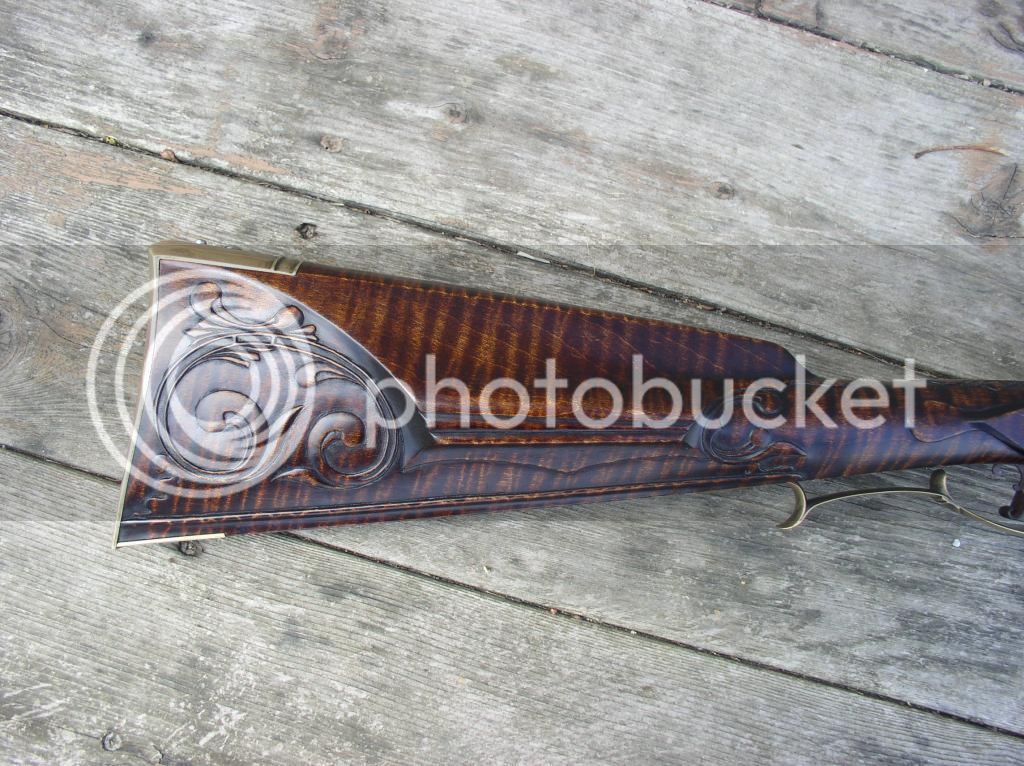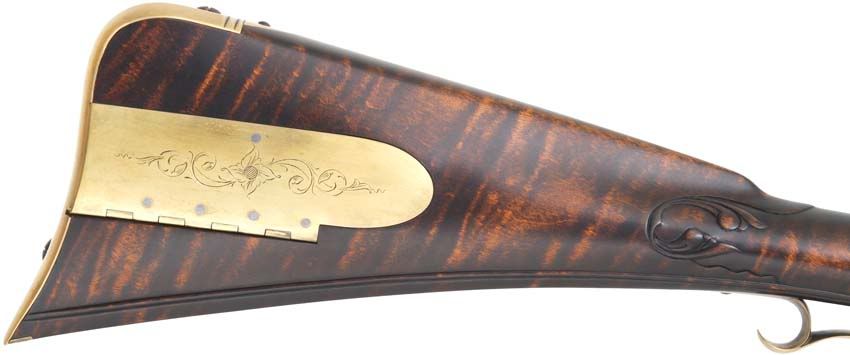Chevythunderman
40 Cal.
- Joined
- Mar 30, 2014
- Messages
- 196
- Reaction score
- 0
I have a stock I'm finishing right now and in the sanding process it showed awesome curl all the way through out the stock. Now after the first coat of af the curl is not there anymore. I didn't do anything any different than normal. The af went on a different color than other stocks have but the same bottle produced the right color on another piece of wood. I shook up the bottle really good before I started and after I heated up the finish it blushed out to the same color as it normally does. It just didn't bring out the curl like normal. The blank was a grade 4 just like the others were and its only showing curl now over I'd say 30-40% of the stock.
Any help would be appreciative. I sanded down to 320 grit over the whole stock. Blew off the stock and wiped down with alchohol before I stained(let it dry thoroughly)
Any help would be appreciative. I sanded down to 320 grit over the whole stock. Blew off the stock and wiped down with alchohol before I stained(let it dry thoroughly)








